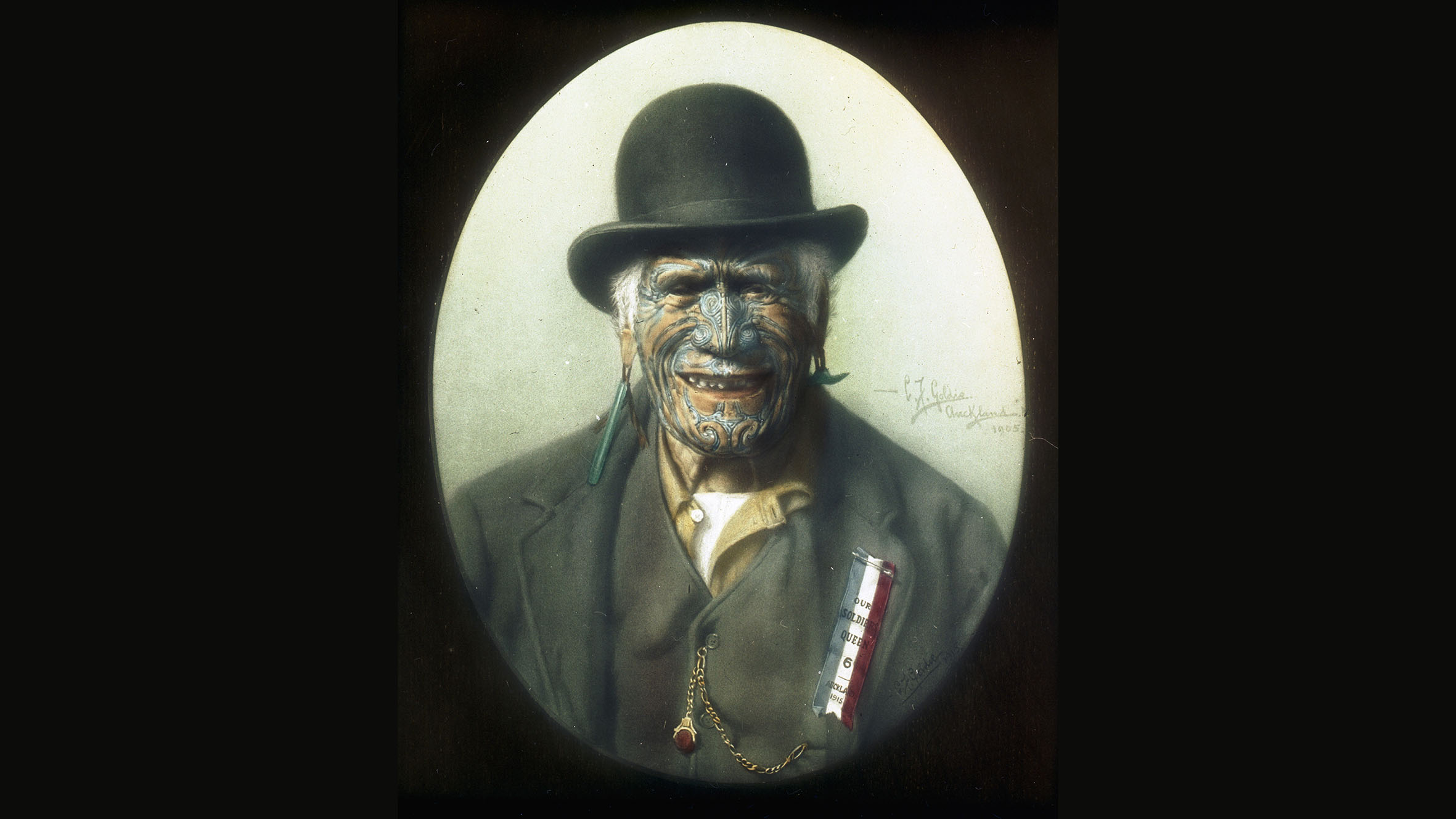Auction house in New Zealand tells NFT winning bidders to smash original artwork
Webb's auction house in Auckland has reportedly told winning bidders to smash the originals to make the NFTs more valuable

An art gallery in New Zealand has reportedly offered some bizarre advice to the winners of two glass plate portraits. The sale included ownership of the non-fungible tokens (NFTs) of each photo, as well as the original plates – but a small brass hammer was also included with each. Could this be a risky stunt pulled by the auction house to bring it more interest, or a genuine suggestion to make the NFTs more valuable?
In the last few months, we’ve seen a Nirvana photographer receive backlash for selling NFTs of the band and heard a rumor Instagram could be the next company to jump on the NFT bandwagon. But this latest stunt by Webb’s Auctioneers and Valuers could be the most troubling one yet as the head of art reportedly told the winning bidders to “Smash it”.
• Read more: How I sell my photographs as NFTs
The original glass portraits were taken by renowned New Zealand artist Charles Goldie between 1910 and 1920. Best known for his paintings of Maori chiefs, leaders and their community, Charles Goldie wanted to preserve the heritage of the Maori people who also became his friends. Both lots include the original glass plate portraits presented in a custom-built pine box, a framed print, the NFTs and the hammer.
A post shared by Webb's (@webbsauctions)
A photo posted by on
According to Hyperallergic, Charles Ninow, Head of Art at Webb's told Newshub,"Perhaps you might want to make it permanently digital. Smash it? Smash it.” While it might seem unlikely advice for an auction house to give, it’s thought it could be a stunt pulled by Webb’s to get more interest in the sale.
The portrait of Charles Frederik Goldie at his Easel sold for AU$51,250 while the portrait of him in his studio sold for an enormous $76,250. It’s expected that if the glass plate negatives were sold without the NFTs they wouldn't have been anywhere near as valuable. Charles Ninow also told Newshub that “...it is really important to Zealand’s history and in a way we are making it immortal.”
There’s been no comment from Webb’s in response to the allegations, nor have we heard if the winning bidders followed through with the advice. As worrying as it is to think people might start destroying original artworks to make digital versions more valuable, we can only hope that in this case, it was a risky stunt to gain more interest in the sale.
Get the Digital Camera World Newsletter
The best camera deals, reviews, product advice, and unmissable photography news, direct to your inbox!
Read more:
• The art of tintype photography with Guy Bellingham
• The best film cameras
• The best 35mm, roll film and sheet film

Having studied Journalism and Public Relations at the University of the West of England Hannah developed a love for photography through a module on photojournalism. She specializes in Portrait, Fashion and lifestyle photography but has more recently branched out in the world of stylized product photography. Hannah spent three years working at Wex Photo Video as a Senior Sales Assistant, using her experience and knowledge of cameras to help people buy the equipment that is right for them. With eight years experience working with studio lighting, Hannah has run many successful workshops teaching people how to use different lighting setups.
